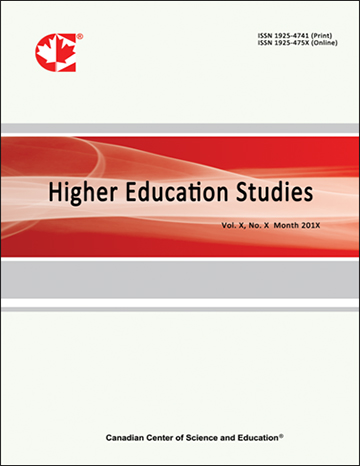Multiple-Choice Testing Using Immediate Feedback—Assessment Technique (IF AT®) Forms: Second-Chance Guessing vs. Second-Chance Learning?
- Jeremy D. Merrel
- Pier F. Cirillo
- Pauline M. Schwartz
- Jeffrey Webb
Abstract
Multiple choice testing is a common but often ineffective method for evaluating learning. A newer approach, however, using Immediate Feedback Assessment Technique (IF AT®, Epstein Educational Enterprise, Inc.) forms, offers several advantages. In particular, a student learns immediately if his or her answer is correct and, in the case of an incorrect answer, has an opportunity to provide a second response and receive partial credit for a correct second attempt. For a multiple choice question with five possible answers, the IF AT® form covers spaces labeled A through E with a thin opaque film; when the film is scratched away, a star indicates the correct answer. This study was conducted in order to assess learning after an initial incorrect answer. Based on random chance, students should have mathematically a 25% chance of guessing a correct second answer (i.e. 1 of 4 remaining answers on the IF AT® form). Analysis of second responses for 8775 questions on IF AT® forms in 22 classes over 3 years showed that the percent of correct second answers was 44.9%, significantly higher than one might expect from random guessing. This indicates that students learned from an incorrect answer and, possibly by re-reading the problem, were able to demonstrate some level of mastery of the material. This data leads us to conclude that IF AT® forms are useful assessment tools.
- Full Text:
 PDF
PDF
- DOI:10.5539/hes.v5n5p50
Index
- AcademicKeys
- CNKI Scholar
- Education Resources Information Center (ERIC)
- Elektronische Zeitschriftenbibliothek (EZB)
- EuroPub Database
- Excellence in Research for Australia (ERA)
- Google Scholar
- InfoBase
- JournalSeek
- Mendeley
- Open Access Journals Search Engine(OAJSE)
- Open policy finder
- Scilit
- Ulrich's
- WorldCat
Contact
- Sherry LinEditorial Assistant
- hes@ccsenet.org
